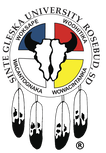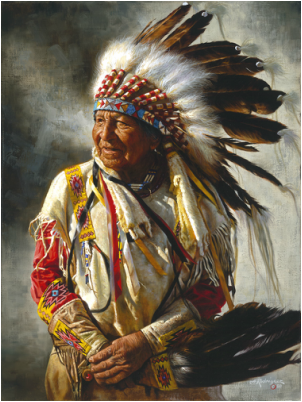 WANBLI WIYAKA (Won-blee Wee-yah-kah): EAGLE FEATHER To the Lakota nation, the eagle represented as a messenger, the winged one who took our prayers and presented them to the creator. The Wanbli (eagle) is known as the one with the ability to fly the highest. With this thought in mind, an eagle feather is given in honor of each step (achievements) as an individual (two-legged) grows and develops throughout their life time. When one is honored with an eagle feather, it is recognition of one’s achievement however, they also carry the responsibilities with it such as, respect for one’s self and all around being a role model for the younger, caring for the young, the elder & the less fortunate, Striving in the best way to live the values of the Lakota nation. Wisdom, generosity, fortitude and courage. One either chooses or in some cases an elder (maybe a parent or other relative) will choose a person who displays the values and virtues of the Lakota to tie an eagle feather onto their hair in honor of an achievement.
9 Comments
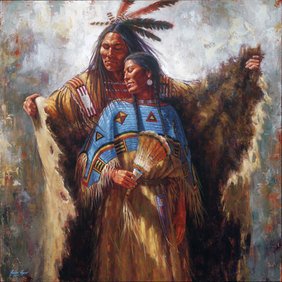 MAN-WICASA (wee-cha-sha) WOMAN-WINYAN (wee-yah) Wiċasa and Wiƞyan are often translated “man and “woman” without a complete explanation of the terms. They imply a position of honor. Wiƞyan means a woman has achieved a good education, maturity, and responsibility. The same is true for a Wiċasa (wiċa, “a male.” Ṡa, “adornment.” A man is no longer hoksila (boy) and a woman is no longer wiċinċala (girl) when they exhibit these qualities. It also means when you make a decision, you follow thru with it. Traditionally, a young man or woman must reach this status before they marry or before they plan to start a family. The outcome of that marriage is the sole responsibility of these two individuals. They have no one to blame for failures but themselves because they are Wiċasa and Wiƞyan. 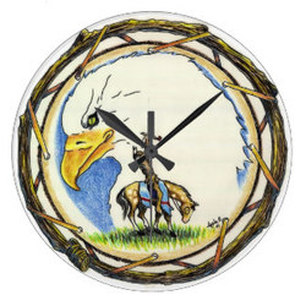 Nake Nula Waun (nah-kay new-la wah-oon): I am always ready Specific time reference: Anpo ki - at dawn Wicokan hiyaye ki - noon, “when the sun is in the middle of the journey” Wimahel iyaye ki - sunset, “when the sun went in” Hancokanyan ki - midnight, “middle of the night” Sunrise, Midday, Sunset, and Midnight are four important times in the day when working with energy and the power that surrounds an individual. Other specific time references occur between these four times. A long time ago, when we did not mark time by the clock, we divided the day into these categories. For us, these times were specific and we knew when to be somewhere. Nake nula waun welo/ksto.. I am always ready.. This is the true “INDIAN TIME” |
Lakota Word of the WeekEvery week we will post a new word/words 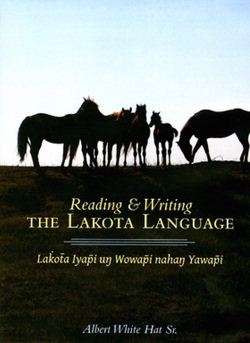
All lessons in honor of, and from, Albert White Hat, Sr and his book
READING AND WRITING THE LAKOTA LANGUAGE Available at the Sinte Gleska University bookstore and online book sellers. Archives
April 2016
Categories |
- About
- Quick Links
- News
- Governance
- Discover SGU
-
Student Life
- Facts and Figures
- Online Learning Support
- New Student Info/Registration
- Research Review Board >
- 2023 Graduation Ceremony
- 2023 Graduate Photos
- Student Association
- Literacy Center
- Disability Services
- Counseling Services
- Child Care
- Transportation
- Security
- Bookstore
- Library
- Web Mail
- What You Can Do At SGU
- Poll
- Student Opportunities
- After Graduation
-
Departments
- Staff
- Giving
- Board Minutes
Mailing Address: Po Box 105/Mission, SD/57555
Shipping Address: 101 Antelope Lake Circle/Mission,SD/57555
605-856-8100
Shipping Address: 101 Antelope Lake Circle/Mission,SD/57555
605-856-8100
Accreditation and Sinte Gleska University – A Short History
Sinte Gleska University has been accredited by the Higher Learning Commission (HLC – formerly the North Central Association) since 1983. Because SGU is accredited, colleges and universities across the United States will review courses that students take at SGU and will consider them for transfer.
For more information, and to see the most recent correspondence from HLC to SGU, click on the HLC logo
Sinte Gleska University has been accredited by the Higher Learning Commission (HLC – formerly the North Central Association) since 1983. Because SGU is accredited, colleges and universities across the United States will review courses that students take at SGU and will consider them for transfer.
For more information, and to see the most recent correspondence from HLC to SGU, click on the HLC logo
All Media on this site ©2023 Sinte Gleska University.
Do not use without permission. Sinte Gleska University and the Sinte Gleska University Logo are Protected and Registered Trademarks.
Not to be used without permission.See HERE for legal information
Do not use without permission. Sinte Gleska University and the Sinte Gleska University Logo are Protected and Registered Trademarks.
Not to be used without permission.See HERE for legal information

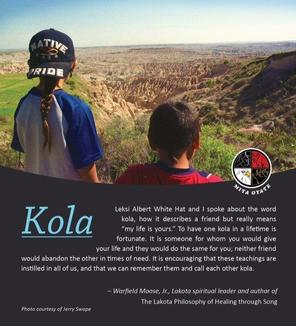
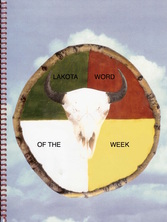
 RSS Feed
RSS Feed
